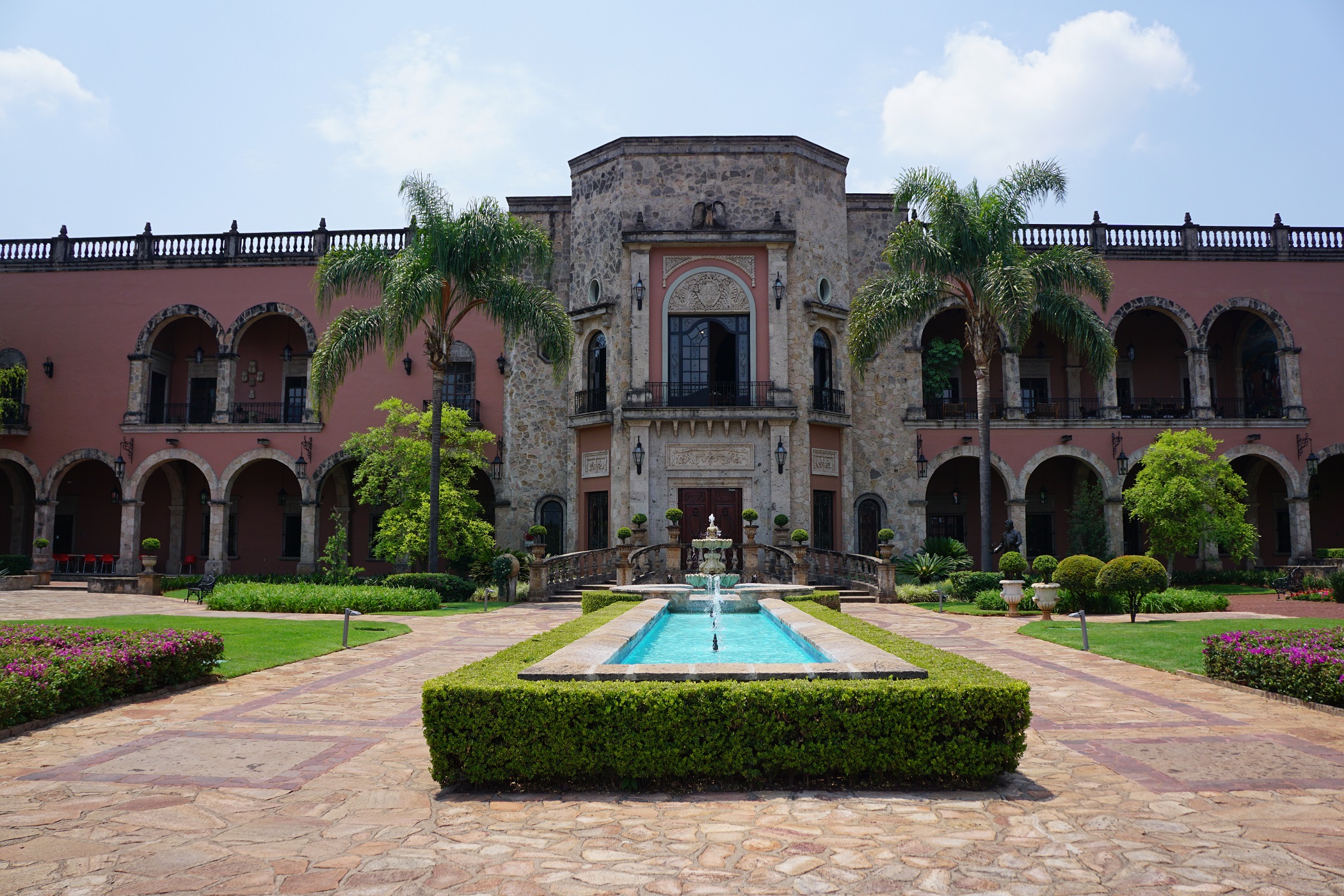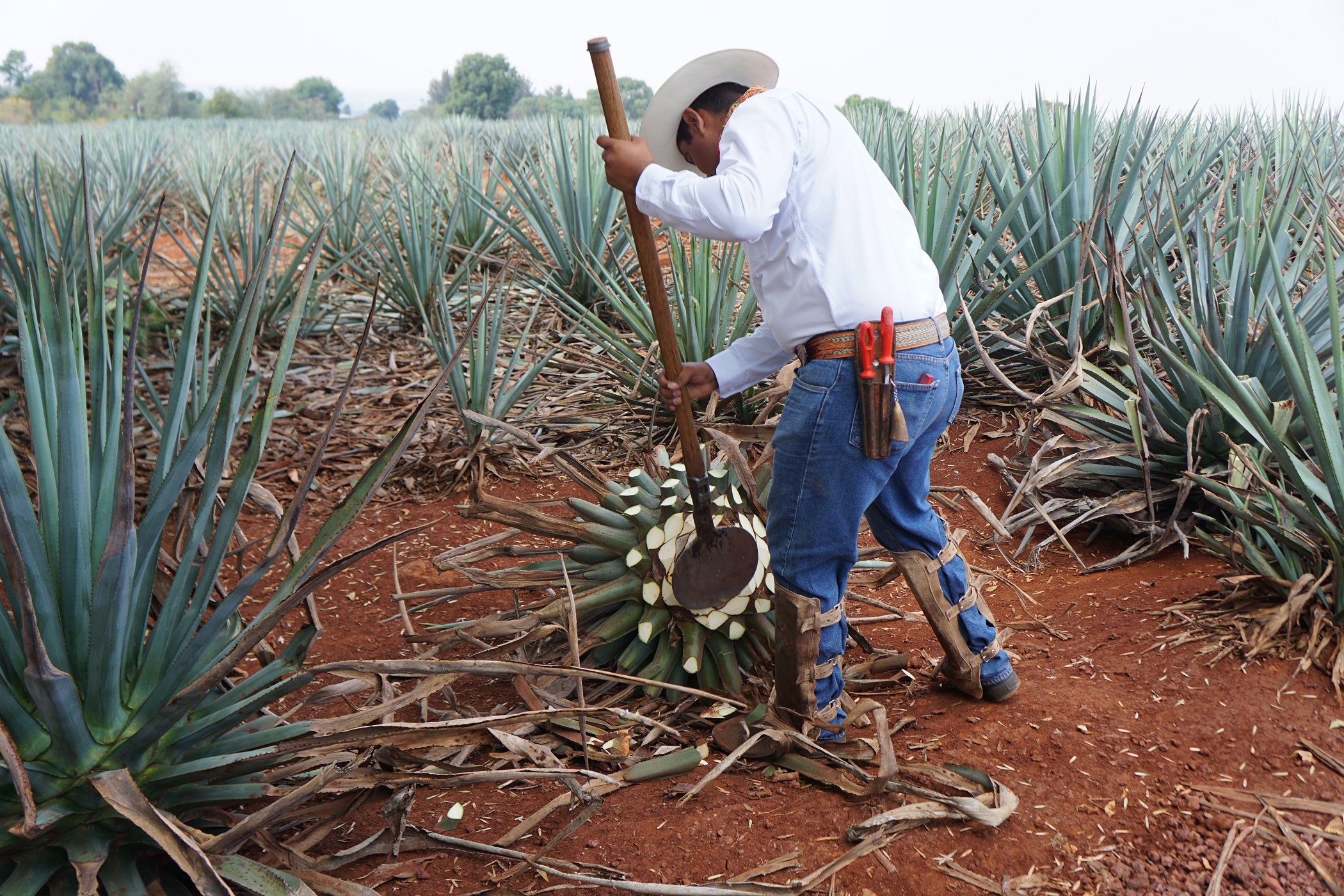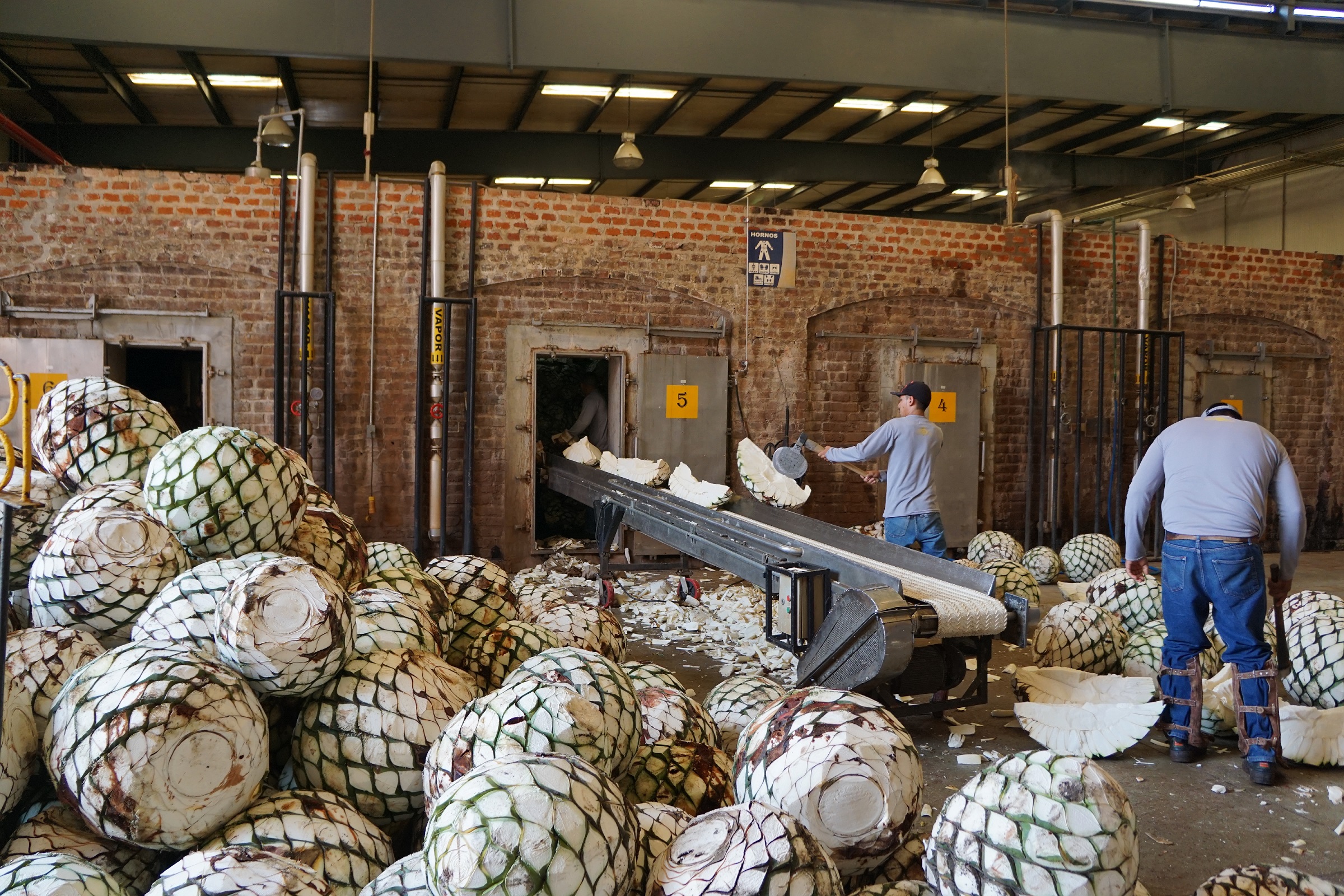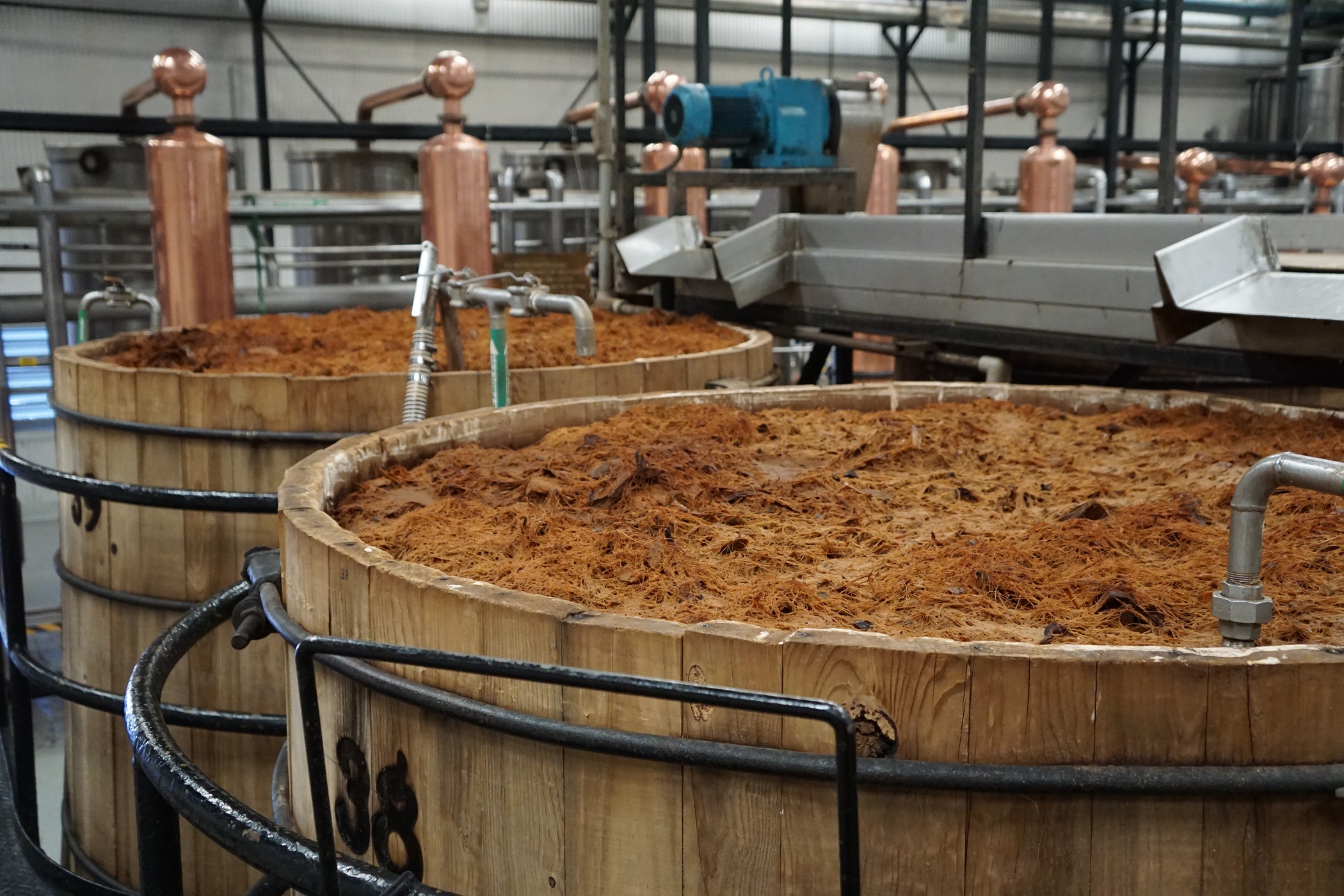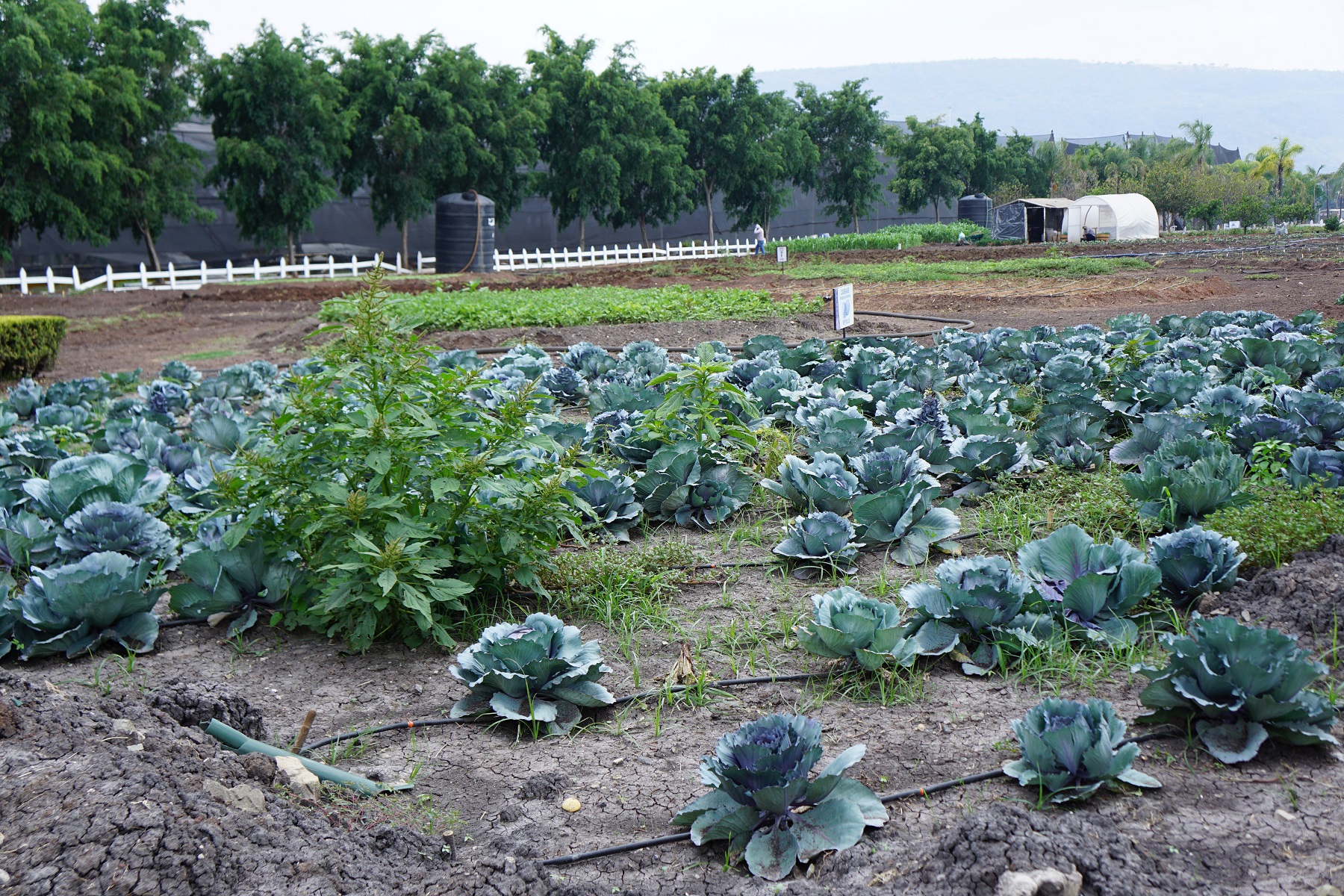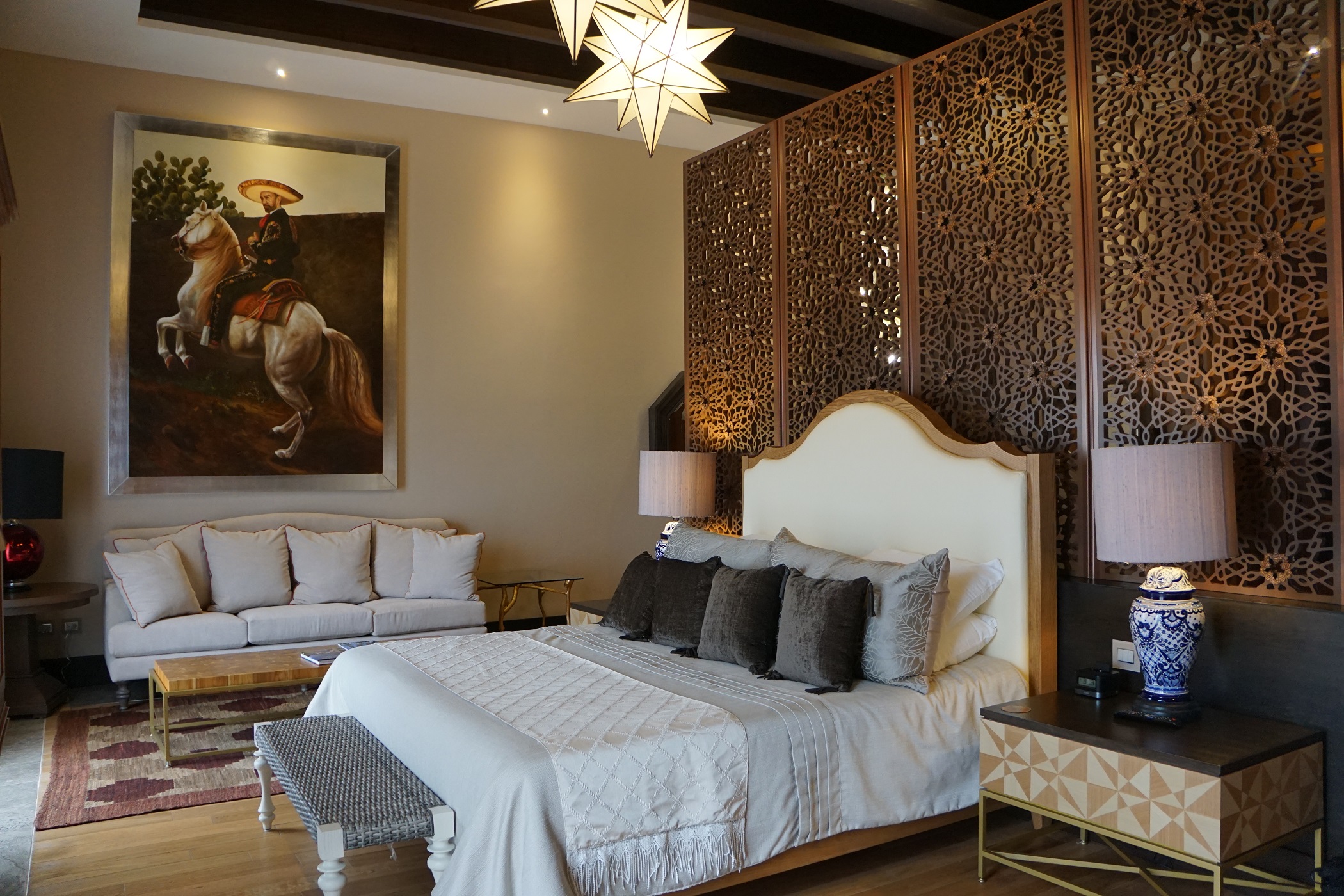How Patrón Creates A Premium Tequila Experience
When Patrón released their first silver tequila produced at their hacienda, it created the premium tequila industry and started to shape public perception away from the notion that tequila is just something to get drunk cheaply on that induces massive hangovers. Even now that tequila is perceived with more sophistication — and with several other premium tequila brands having been introduced to the market — Patrón still dominates. In 2002, the Patrón Hacienda employed 32 people. Now, there are over 1,600 employees at the hacienda, and last year they sold 3.5 million cases of tequila.
Patrón master distiller Francisco Alcaraz has been there since the beginning. Alcaraz has worked in the tequila industry for 50 years. Prior to joining Patrón, he worked as a tequila inspector, which allowed him to visit many distilleries and see how tequila is properly made.
It starts with the agave. Patrón works with agave farmers in the area and receives twelve 2-ton trucks every day. Agave takes 5 to 6 years to mature, and in the highlands — where Patrón's agave is grown – it typically takes a year longer.
I recently had the opportunity to get a behind-the-scenes look at the Patrón distilling process at Hacienda Patrón in Atotonilco, Jalisco, and learn more about tequila. Our tour started with a visit to an agave farm owned by the Plascencia family. They harvest the agave the traditional way using a tool called a coa.
Patrón takes only agave that has at least 22 percent sugar content, and the jimador must harvest the piña, the central core of the agave plant, in such a way that less than 1 centimeter of the leaves are left. It takes longer to harvest this way, but the leaves can contribute an unwanted bitter flavor. The jimador showed us the heart of the agave harvested with the two different methods.
After our tour of the agave farm, we went to the Hacienda to take a look at the rest of the process. After the agave is harvested, the piñas are chopped up and slowly cooked in a brick oven for 79 hours. The slow cooking allows Patrón to get agave that is properly cooked all the way through. A faster cooking method can lead to an undercooked core and an overcooked outer layer.
What makes Patrón's silver tequila distinct is its blend of tequila produced using a tahona mill and a roller mill. Not many distilleries use a tahona mill (only six other distilleries have a tahona), which is a more traditional way of producing tequila. A tahona is a large round stone used to crush cooked agave in a pit lined with river stones. The juices and fiber of the agave are separated when crushed by the tahona, but in this process the agave juice is fermented together with the fiber.
During the fermentation, the fiber naturally rises and act as a cap. With the roller mill, the agave is shredded completely and the juice is extracted and it is fermented without the fibers. The fermentation takes 72 hours to complete.
The fermented juices are then distilled separately in copper stills. When copper is heated, it reacts with sulfur in the agave to produce a salt that will then be distilled out. As sulfur produces unfavorable aromas and flavors, copper stills are perfect for making a smoother product. By regulation, tequila must be distilled at least twice (the Gran Patrón Platinum line is distilled three times).
Although Patrón produces a large number of tequilas each year, they still maintain their original, small batch production methods. Patrón did not scale up by investing in larger fermenters and still. Instead, they scaled up by replicating the same small batch production lines multiple times. We could see the different rooms filled with the same rows of small fermenters and still.
After touring the fermentation and distilling area, we went to taste the distillates! Patrón's silver tequila is made by blending the tahona-milled distillate with the roller-milled distillate. During our tasting, we were able to taste them separately before blending to identify the flavor profiles of each.
The tahona-milled tequila is buttery and tastes of caramel. Having tasted the cooked agave on its own previously, it's apparent that the flavor of the tequila produced by this method comes from the cooked agave. To further showcase the characteristics of the tahona method, they have released the Roca Patrón line, which is their line of tequilas made entirely using the tahona mill.
The tequila from the roller mill had a lot of herbal and citrus notes. When we tasted them at 55 percent alcohol, there were more herbal aroma and pepper notes on the palate. At 40 percent, the aroma is more like citrus and the pepper notes are toned down.
The next stop on our tour was the barrel room, where they produce their aged tequilas. Here, we also tasted four tequilas that have been aged in different types of barrels to understand the impact that the choice of barrel has. Even after production, everything is still mostly done by hand. The glass bottles are filled by a machine, but they are sealed, wrapped, and boxed up by hand by Patrón's employees working in shifts.
Patrón has taken steps to be a sustainable distillery by investing in a water treatment plant and a composting facility. Not only does Patrón compost all their solid waste, they also let other distilleries in the area drop off their solid waste here for composting. Patrón will give them back fertilizer in exchange for the waste. Some of the fertilizers are used for Patrón's vegetable garden, but most are given away to the agave farmers for no charge.
Patrón's branding of exclusivity and luxury extends beyond the production process to tours of their facilities. The Patrón Hacienda and the attached guest house, La Casona, together provide a VIP, invite-only, branded experience. La Casona is home to 20 guest rooms, a restaurant, and a cocktail bar.
The Copper Bar shakes up cocktails that showcase Patrón's various expressions from the silver to the Gran Patrón Piedra.
La Casona's guest rooms are luxurious and contain several design elements inspired by the distillery's people or history. The portraits in the rooms depict the co-founders of Patrón or the agave farmers that they have a long relationship with. Patrón's signature bee can be found throughout the guest house as well.
The tour allowed us to pinpoint where the Patrón's flavors come from within the production method and I was impressed by their sustainability efforts as well as their treatment of their employees. Patrón owns 15 buses that pick up and drop off their employees to various stops in the area. While La Casona receives guests from Monday to Friday, the weekends at the Hacienda are typically reserved for the employees to take their friends and families to tour their workplace.
I learned a lot about tequila that I did not know before, and about Patrón as well. La Casona could easily charge a high price for a stay in their lavish rooms or for the great cocktails at their bar, but Patrón insists on keeping the Hacienda for private guests only. After all, Patrón's main business is not running hotels or tours but making premium tequila.
Travel and accomodations were provided by Hacienda. All thoughts and opinions are my own.
Fiona Chandra is a member of The Daily Meal's Culinary Content Network known for Gourmet Pigs. You can follow her at @gourmetpigs.

